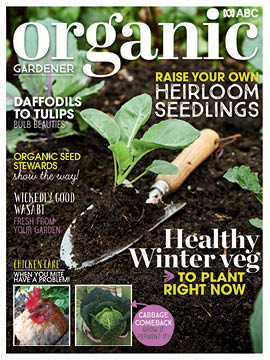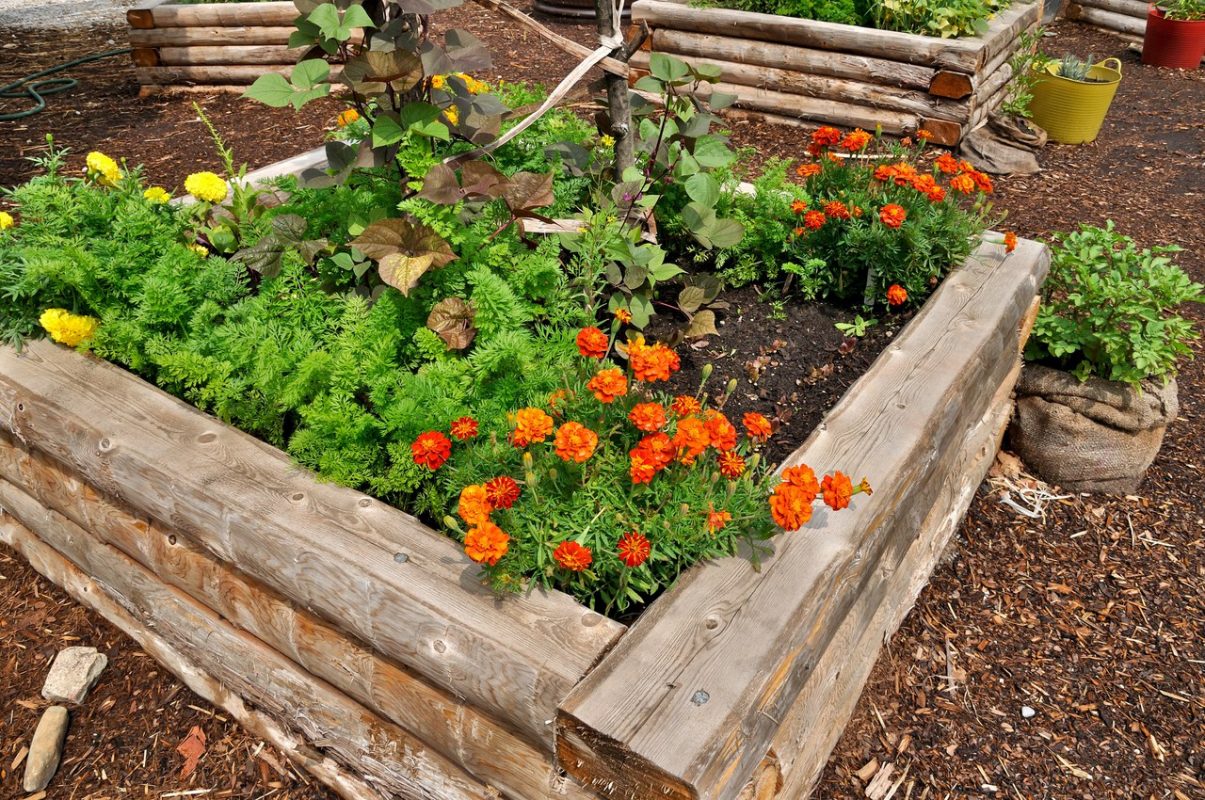Seed sowing fundamentals – ABC Pure Gardener Journal
Anyone rising greens in the previous couple of years is conscious of the challenges: seedlings flying off nursery cupboards as shortly as lavatory rolls out of supermarkets. Nonetheless, for tons of of years, of us haven’t wished supermarkets or nurseries. In its place, they harvested not solely fruit and greens from their very personal gardens, however as well as the seed that produced them… and all have been free!
These days, though, nurseries are restricted in what variety of seedlings and varieties they stock. Another option, mail order seed companies, promote an infinite fluctuate of marvellous earlier varieties developed over a few years, with in all probability probably the most prolific, tastiest, hardest and longest-storing preserved for future generations.
Heirloom varieties survive because of they’re explicit. Often, they have been bred by residence gardeners across the globe (and Australia) for explicit challenges resembling frost, drought, heat or sickness. There’s practically truly an heirloom good for the exact conditions in your yard. And in case you develop heirlooms, you buy seed merely as quickly as. After that, you merely purchase it out of your best vegetation and over time they might adapt to your native climate and soil meaning they might develop greater, too!
Even greater, in case you begin planting your particular person seeds, you flip into part of a worldwide neighborhood conserving earlier open-pollinated varieties – the additional seed savers we have, the additional heirlooms will survive.
Getting started
Searching for seed
Searching for seed is the 1st step to elevating your particular person seedlings (see suppliers underneath). Heirloom seeds are too space of curiosity for a lot of big industrial seed suppliers, nevertheless good for smaller producers; Australian boutique mail order suppliers promote fairly a couple of improbable cultivars. Accumulating and elevating your particular person seed isn’t rocket science; it’s probably the most value efficient sort of propagation potential, the ultimate phrase in self-sufficiency and sustainability… and it’s pleasing!
Proper right here, the principle goal is on elevating seedlings, nevertheless for particulars of seed saving, see our ‘Essential Data to Seed Saving’ in Topic 123 (obtainable at mymagazines.com.au).
Germination workspace
It is good to have a delegated germination area and desk. A wire mesh desk is nice nevertheless adapt with the sources at hand. Prepare in a well-ventilated nevertheless not windy spot – this minimises fungal sickness and helps thwart pests. Windy spots dry out seed-raising and potting mixes and seedlings too shortly. Full photo voltaic will also be too scorching for container seedlings in summer season – dappled shade or filtered light is nice. In southern Australia, full-sun is okay in winter.
Balconies may be acceptable, too. Easterly options go properly with warmth local weather, northerly or westerly ones colder conditions. Southerly options are okay for germinating seeds nevertheless, as quickly as seedlings emerge, switch into additional light.
It’s possible you’ll as properly start seed indoors nevertheless, as in southerly options, seedlings languish till your individual house is exceptionally shiny. Seedlings succumb to fungal sickness additional merely, too.
Rising media
In case you occur to’re new to elevating seed, bear in mind purchasing for seed-raising mix instead of establishing your particular person, at least initially. Seed-raising mix have to be moist nevertheless properly aerated and free draining, and do-it-yourself mixes would possibly comprise pathogens if not appropriately prepared.
Many people sieve irregular potting mix to propagate seed. As long as it’s moist nevertheless free draining – water must soak away immediately – and with out coarse chunks, it have to be acceptable.
Containers
It’s possible you’ll choose between flat seedling trays with or with out explicit individual compartments (or use egg cartons), or compostable mini pots for single seedlings. Moreover, explicit individual pots are good for higher seed and in case you occur to don’t must prick out small seedlings into pots sooner than planting out into the yard. Planting into pots or mini pots reduces root disturbance and vitality. Seek for coir/shredded wood pots which could be planted into the underside with the seedling, decomposing into the soil.
If reusing seed trays, pots and completely different containers, first scrub them clear with dilute bleach. They need a great deal of holes for drainage, and to be merely 7–15cm deep: most seedlings have shallow roots.
Watering
Take into accout merely three points for achievement:
1. Be frequent: seed must in no way dry out.
2. Use a clean rose that creates super, mild droplets.
3. When seedlings emerge, avoid watering in scorching midday photo voltaic whereas they’re tiny: it’s like steaming spinach. Place shade materials over containers or rows first, then water.
Sowing into containers
Seed in containers is easier to protect from pests, and it’s moreover easier to maintain up fixed temperature and moisture. Utterly completely different seeds require fully completely different spacing and depth, which is always on the seed packet – an excellent motive to keep away from losing them! A rule of thumb for depth is 2–3 situations the diameter of the seed, nevertheless there are exceptions: lettuce needs light to germinate, so sprinkle seeds on the ground after which gently company them sooner than watering completely. Spacing will also be important: crowded and over-wet seedlings get the fungal sickness ‘damping off’. As soon as extra, observe packet instructions. It’s possible you’ll water with chilly chamomile tea to help cease damping off.
Step by Step
1.Fill container with mix.
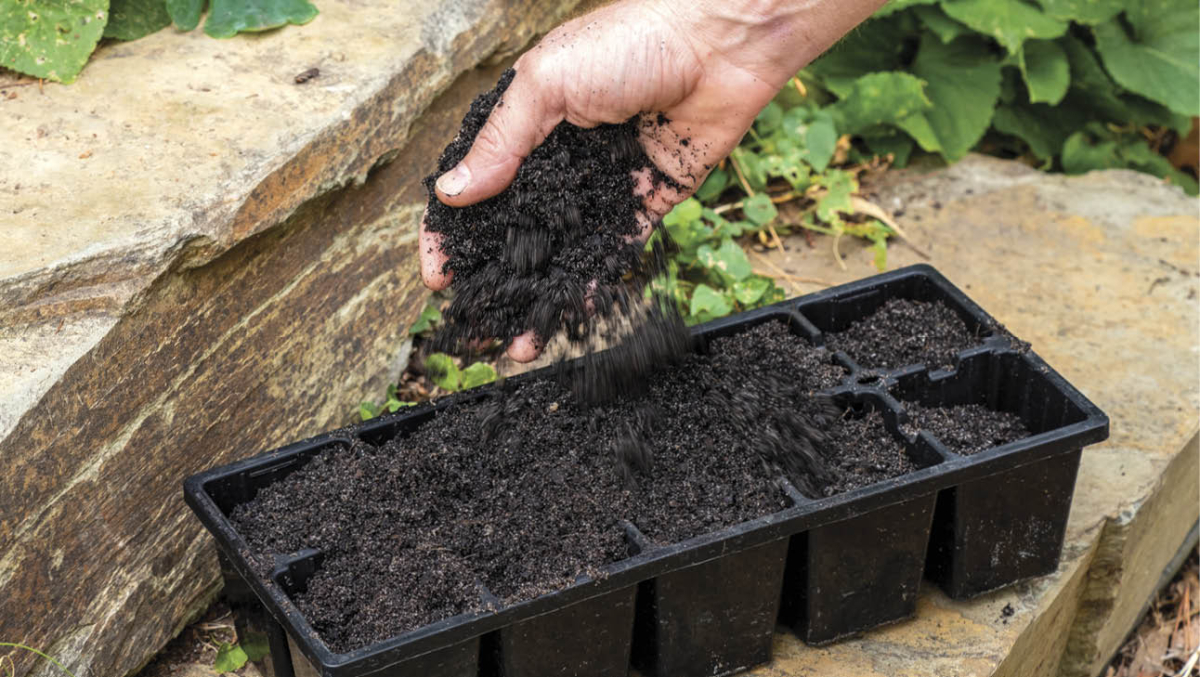
2.Straightforward mix with out compacting.
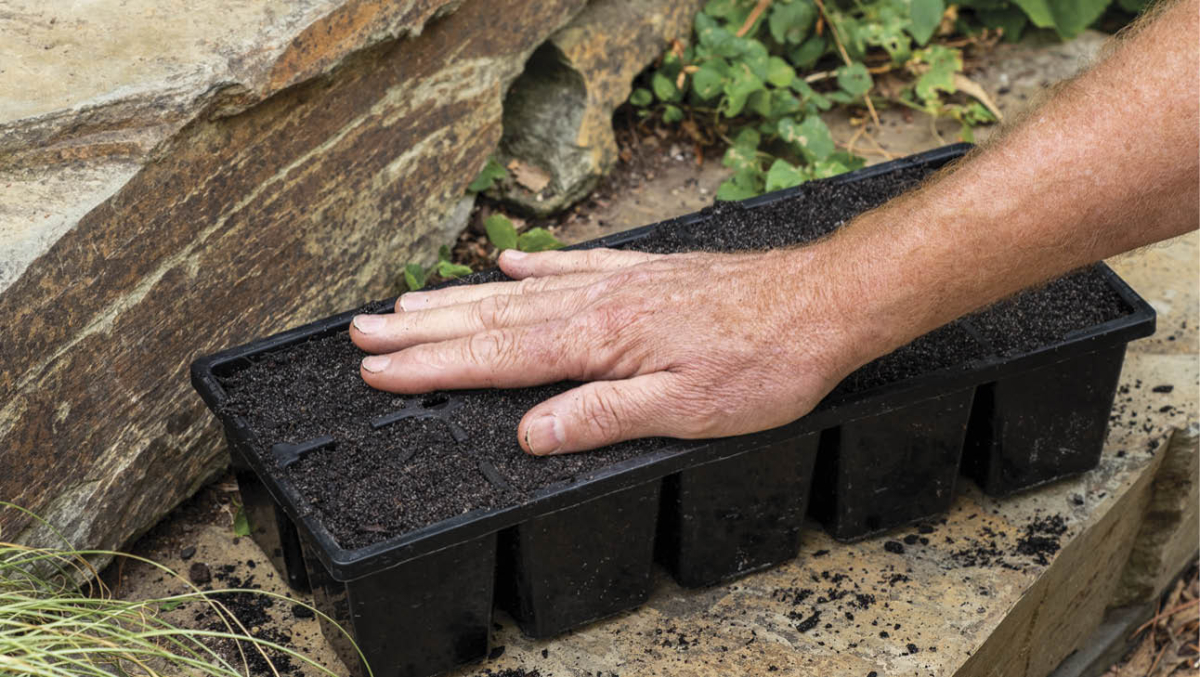
3.Moisten mix completely.
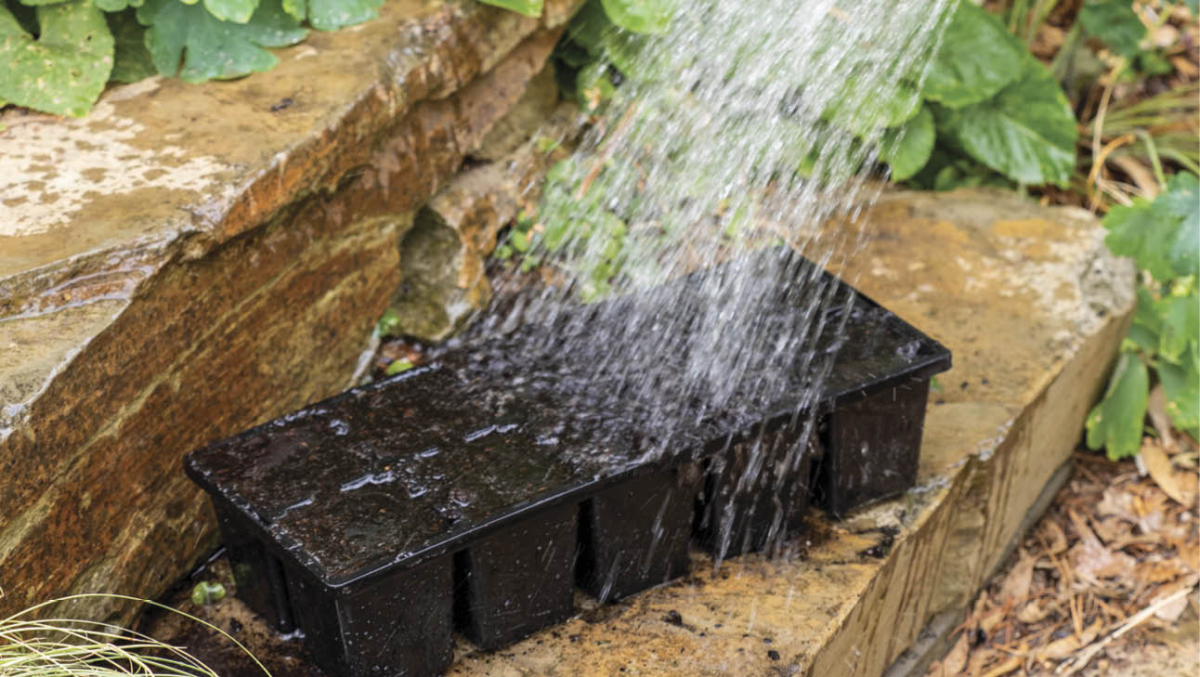
4.Sow seeds at required depth: each push them into
the mixture or, for smaller seeds, sprinkle on the ground.
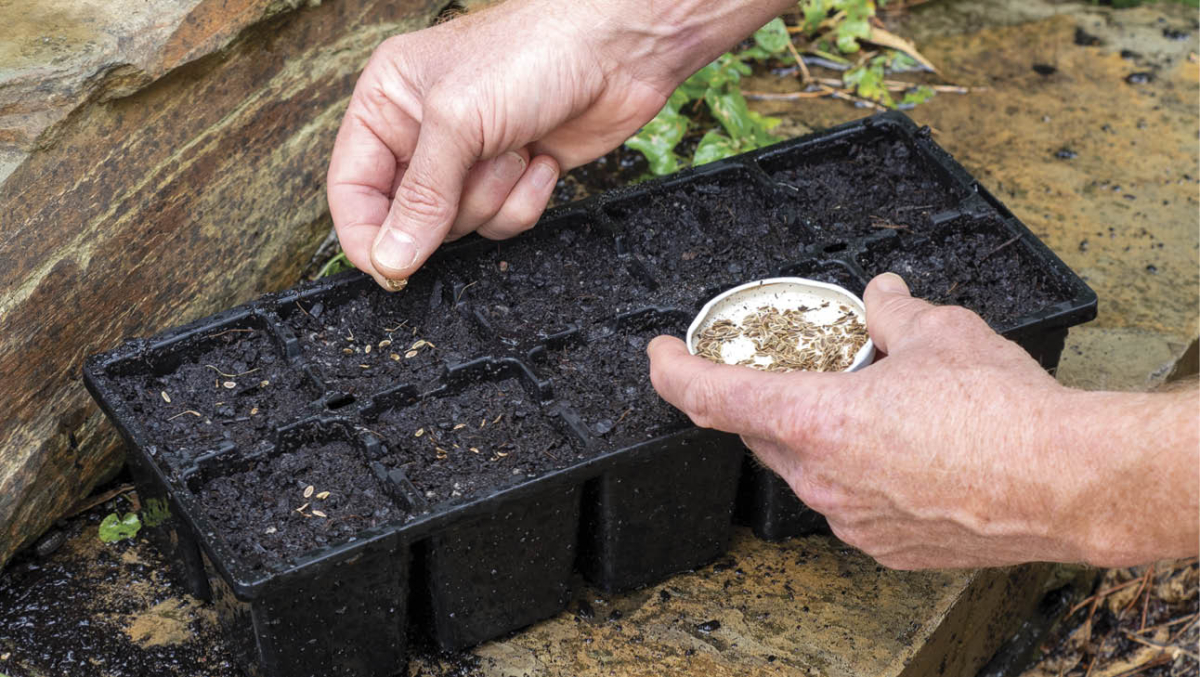
5.Cowl with additional mix.
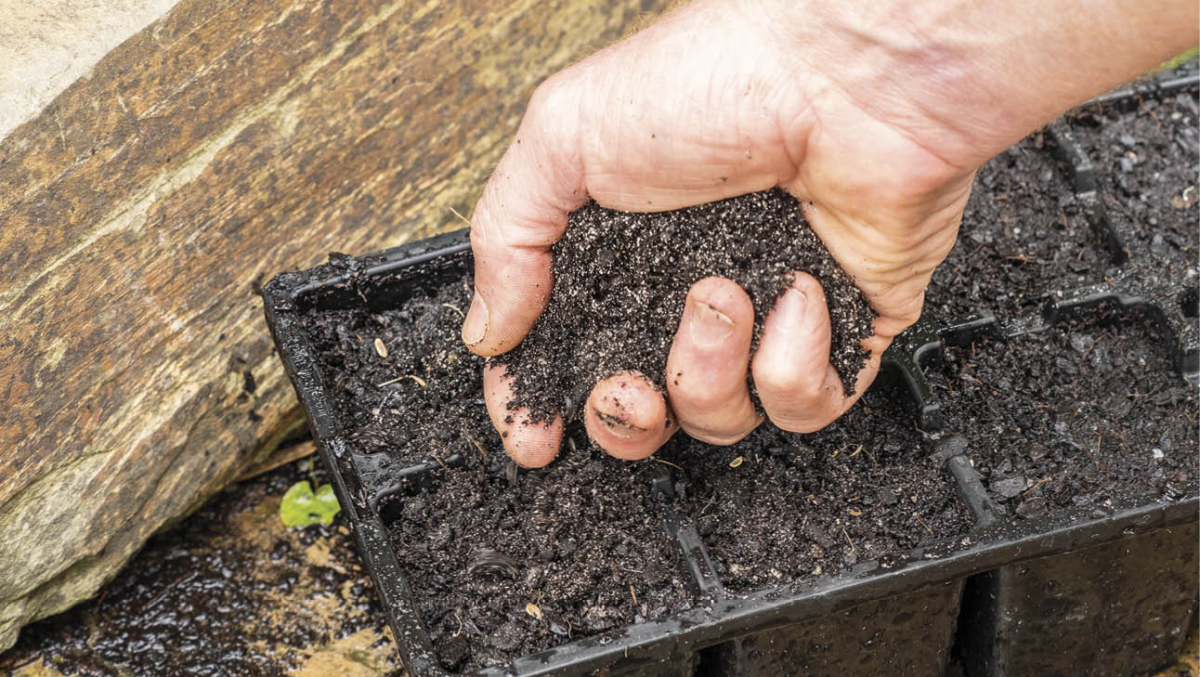
6.Moisten with an incredible spray and study day-after-day. Maintain moist.
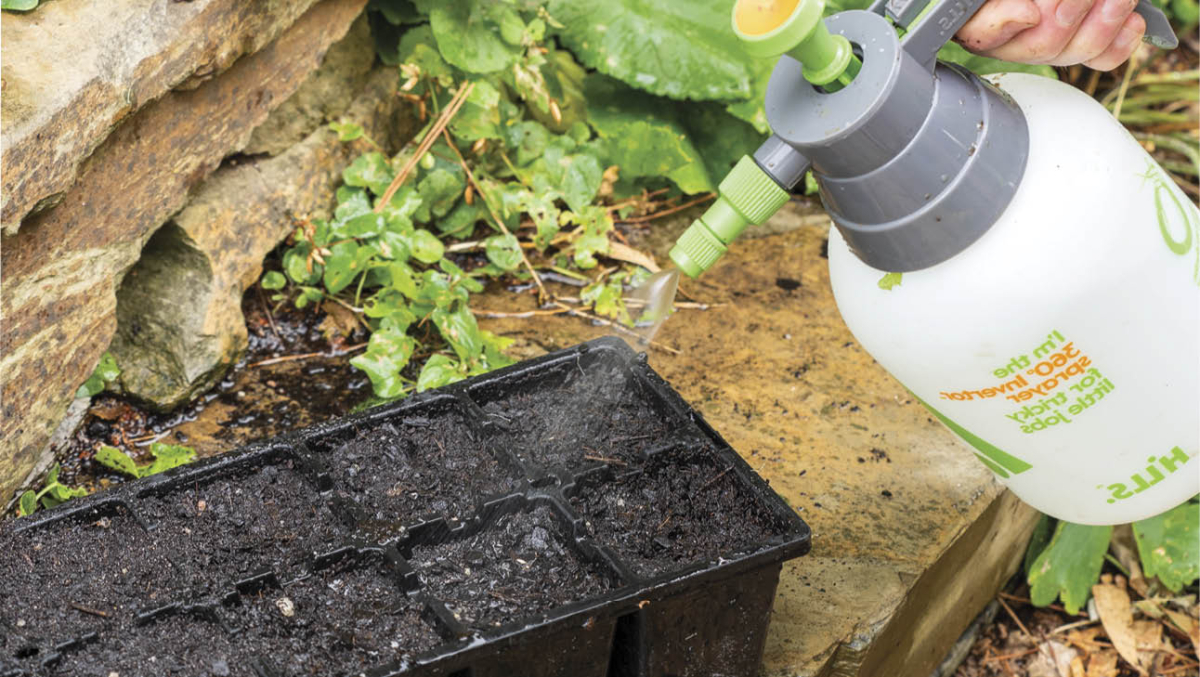
It’s possible you’ll be taught Helen McKerral’s full article in our Autumn 2022 topic (OG 132) obtainable proper right here.
